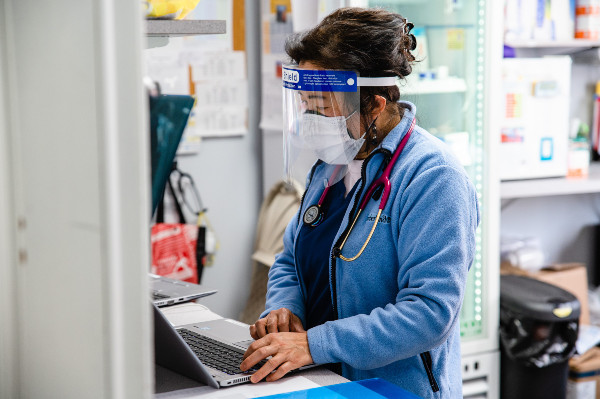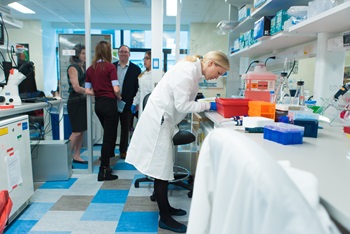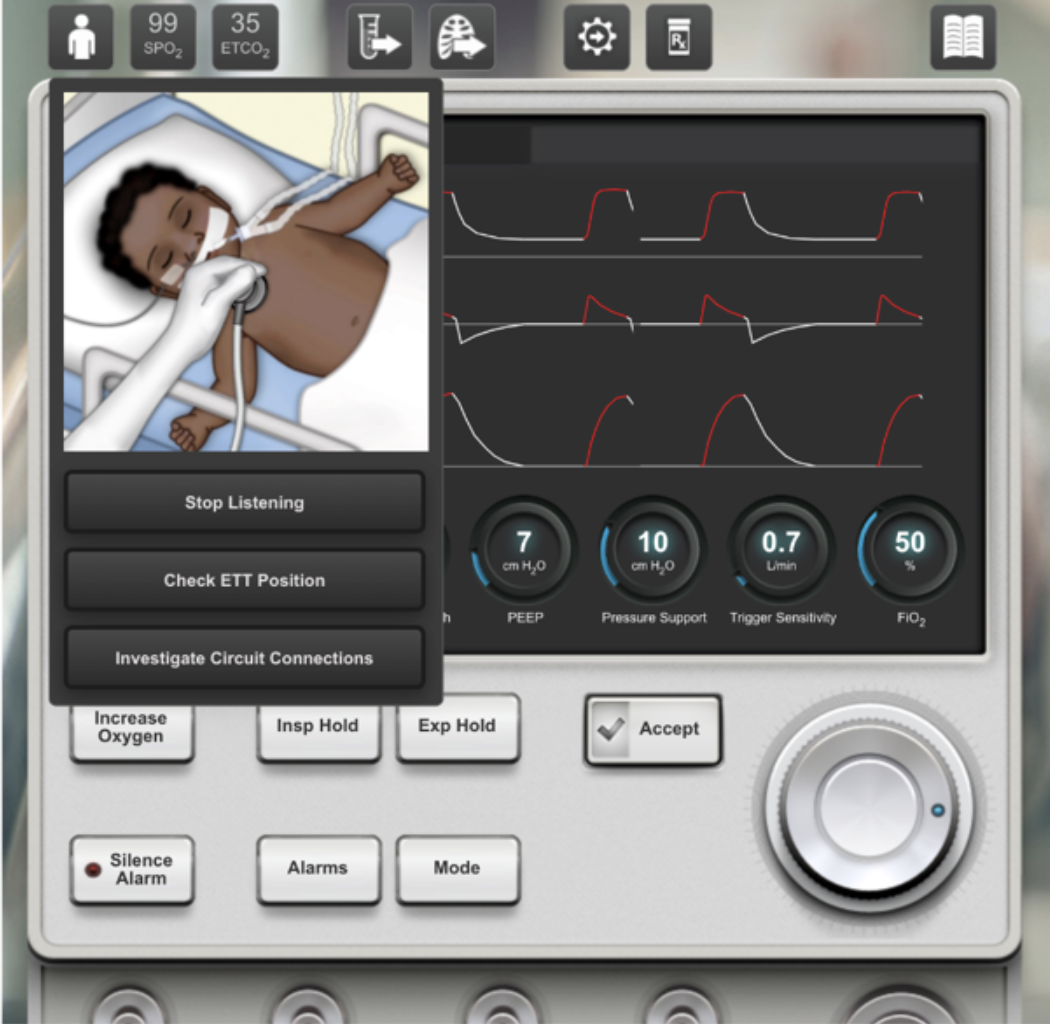Clinical research

The main goal of our clinical research is to improve care and short- and long-term outcomes for pediatric patients and families undergoing anesthesia care for surgery, invasive procedures, testing, acute and chronic pain management, and intensive care at Boston Children’s Hospital. Scientific excellence, contemporary technology, and innovation are harnessed by clinical researchers. Numerous collaborations exist between clinical researchers within and outside the department.
Funding is substantially from intra-departmental support, including trailblazer and ignition grants, while many projects also have extramural funding and grants. Ongoing clinical research from our department improves and makes safer the experience of children and families worldwide cared for by pediatric anesthesiologists, intensivists, and pain specialists.
Active clinical research investigations are being carried out in various areas, for example:
- Examine the risk of anesthetic neurotoxicity in infants undergoing longer general anesthetics.
- Evaluate the efficacy, safety, and pharmacokinetics of new medication for intravenous sedation in pediatric patients.
- Determine the benefit of enhanced preoperative education using an interactive tool, designed for children ages 4 through 10 years and their families, compared to the standard preoperative education currently provided.
- Compare the perioperative care, incidence of emergence agitation, postoperative negative behaviors, and developmental regression after general anesthesia in children with an autism spectrum disorder in comparison to children without any history of neurodevelopmental concerns.
- Perform preliminary validation of new measurement tool to assess risk adjustment in a population of young children undergoing surgery.
- Define and determine what outcomes we should use to measure the success of anesthesia and perioperative care in children.
- Patient blood management in children undergoing non-cardiac surgery who are at risk for anemia, blood loss, and blood transfusions.
- Acupuncture to aid in managing pediatric chronic pain postoperatively.
- Gastric assessment of pediatric patients undergoing surgery in relation to fasting times.
- Use of transcranial doppler and other noninvasive techniques to better understand the effects of anesthetics on cerebral function.
Bench research
The laboratory-based research of the department comprises the following general areas:

- Genetic susceptibility to life-threatening and fatal lower respiratory infections in children including COVID-19 and influenza virus pneumonia, and identification of targeted therapeutics to improve clinical outcomes.
- Bacterial infections and host defense, focusing on the Gram-negative pathogens, Pseudomonas aeruginosa and the Burkholderia cepacia complex, with the long-term goal of developing vaccines and therapeutics.
- Human genetic variations of ADAMTS13 and how they affect mechanisms of thrombosis in children with congenital heart disease. ADAMTS13 genetic variations are currently evaluated as potential therapeutic options when combined with drug delivery technology.
- The relation between adhesion molecules and the central nervous system, and understanding the neurotoxicity of anesthetic drugs on the developing brain.
- Drug delivery technology, biomaterials, and nanomedicine to address key issues in biomedical science, especially in prolonged duration local anesthesia, sensory selective anesthesia, ocular diseases, otic diseases, and wound healing. Long-acting, targeted, and/or remotely triggered drug delivery systems.
There are numerous collaborations between groups. Funding is largely extramural, but with substantial departmental support. The department has 7,600 sq. ft. of wet lab space on the third, fourth, and 12th floors of the Enders Building and the ninth floor of the Harvard Institutes of Medicine building.
Quality improvement
Quality improvement, outcomes, and patient safety research focuses on identifying gaps in systems or individual performance as they relate to delivery of evidence-based best practices and safety care delivery systems. The goal is to inform interventions and effect improvements on patient- and/or staff-related outcomes. Examples of current QI projects include:

- examining the reliability and agreement of sedation assessment and goals in mechanically ventilated pediatric patients
- reducing unnecessary endotracheal sampling (which is done to reduce unnecessary antibiotic exposure and improve antibiotic stewardship)
- systematically optimizing medication safety in the pediatric intensive care unit to decrease medication errors reaching patients
- increasing rate of extubations driven by nurses and respiratory therapists (RN-RT extubations), while maintaining patient safety and minimizing extubation failure rates
- performing root cause analyses to identify interventions to prevent CLABSIs and CAUTI
Educational research

Educational research in the department primarily focuses on two major domains:
- Simulation-based research investigating human factors, procedural and skills training, clinical teaching, testing of new clinical workflow and workspaces, and virtual reality and other immersive experiences.
- Online learning research investigating the effect of online teaching modalities including videos, courses, podcasts, screen-based simulation, and collaboration tools.
Funding includes extramural and hospital-based grants, as well as hospital and departmental support of both Immersive Design Systems and OPENPediatrics.
